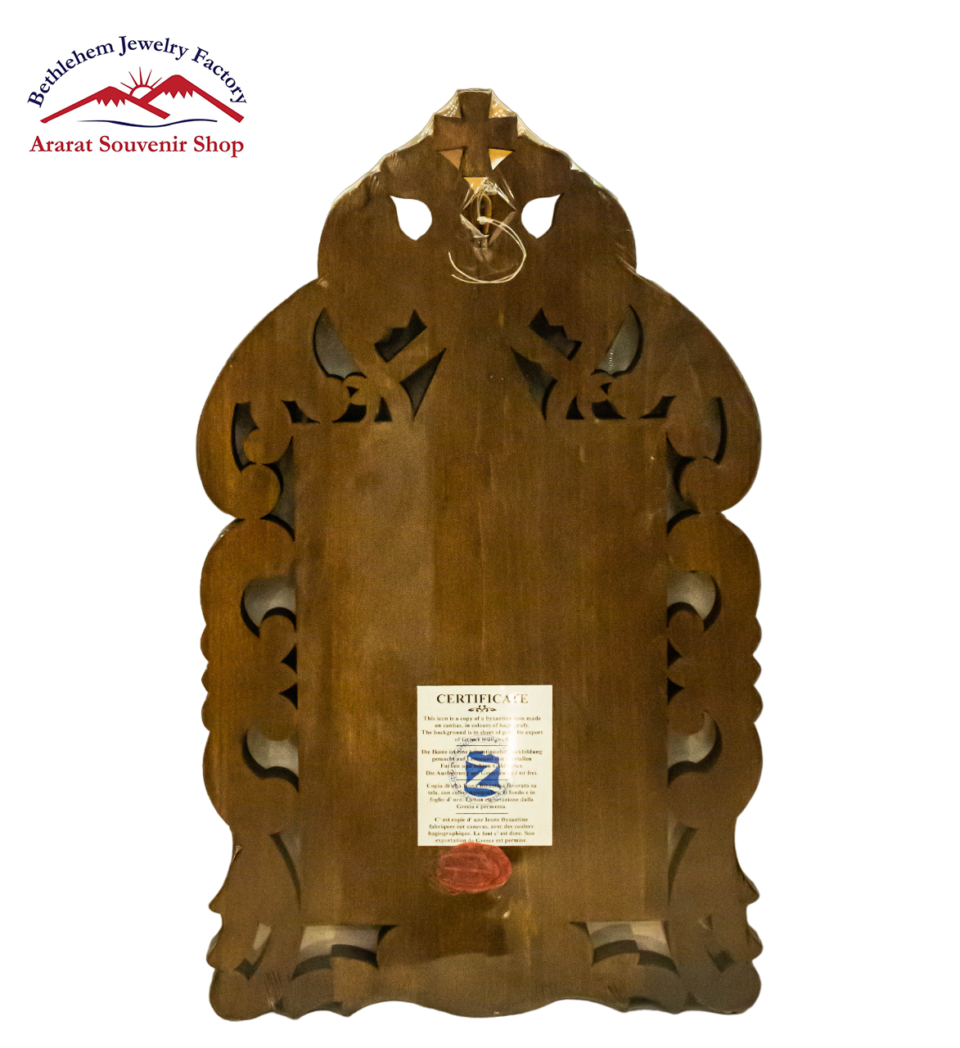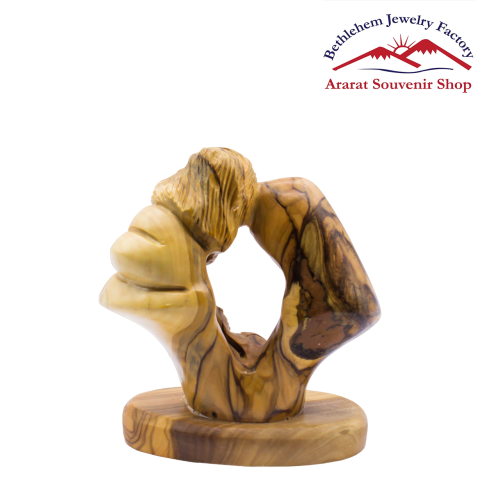Tree of Life Icon Jesus and the Apostles
The “Tree of Life” icon featuring Jesus and the Apostles is a powerful and evocative representation of the Christian faith, symbolizing the connection between the divine and humanity, the continuity of God’s creation, and the teachings of Jesus as passed down through his followers. This icon, rich in theological significance, artwork, and cultural context, draws upon biblical imagery to express profound concepts of life, community, and spirituality.
At its core, the Tree of Life image draws from ancient biblical texts, most notably from the Book of Genesis, where the Tree of Life is placed in the Garden of Eden as a symbol of eternal life and divine sustenance. This motif parallels Christian beliefs about Jesus as the source of life and salvation. In the New Testament, Jesus describes himself as the “vine” and his followers as the branches (John 15:5), emphasizing the need for unity with him to bear spiritual fruit. The Tree of Life icon visually encapsulates this doctrine, illustrating how Jesus, as the trunk, provides nourishment and support to the Apostles and by extension, to all Christians.
The representation of the Apostles in conjunction with the Tree of Life serves to highlight their role as leaders and messengers of Jesus’ teachings. Each Apostle is often depicted as a unique branch or fruit on this tree, symbolizing the diverse yet unified expressions of faith that spring forth from Jesus’ ministry. By being rooted in Christ, these Apostles bear witness to his life, death, and resurrection, conveying the message of salvation to a world in need. This visual representation of the Apostles branching out invites contemplation on the importance of community in the faith journey, demonstrating that while each branch is distinct, they all share a common connection through Christ.
In the artistic portrayal of this icon, vibrant colors and intricate designs are frequently employed to enhance its spiritual significance. The use of reds, greens, and golds can symbolize various theological themes: red for the blood of Christ and the sacrifices made by the martyrs, green for new life and hope, and gold for divine glory and the heavenly realm. Additionally, foliage and fruit on the tree may represent the spiritual gifts each Apostle possesses, highlights of their individual journeys, and the fruits of the Spirit that flourish within a community nurtured by faith.
The Tree of Life icon also invites parallels to the sacramental life of the Church. Sacraments, such as baptism and communion, are seen as vital means of grace that nourish and sustain believers. Just as the Tree of Life provides sustenance to its branches, so too do the sacraments offer grace and spiritual nourishment to the faithful. This interconnectedness emphasizes that the life of Christ is imparted through the Church, fostering growth and fruitfulness among its members.
The significance of the Tree of Life icon transcends individual churches and local communities, extending into ecumenical ideas about unity in diversity. While each branch may represent different traditions, cultures, and interpretations of Christian teachings, the icon serves as a reminder of the one true source of life—Jesus Christ. This understanding calls for mutual respect and cooperation among various Christian denominations, underlying a shared faith that unites believers across the globe.
Historically and culturally, Tree of Life icons have appeared in numerous artistic traditions, from early Christian mosaics to Byzantine and Eastern Orthodox art. These works not only reflect theological and liturgical aspects but also carry cultural narratives specific to the communities that produced them. As Christianity spread, the iconography evolved, adapting to local artistic styles and indigenous motifs while still preserving its core messages.
Theological reflection upon the Tree of Life leads to contemplations about the nature of divine grace and the call to live according to Christ’s teachings. The image serves as an invitation to believers to actively engage with their faith, to foster a relationship with God, and to contribute to the larger body of Christ—the Church. As one spiritually nourished by Christ, an individual is encouraged to live out the values embodied by the Apostles: faith, service, compassion, and love.
In personal devotional practice, the Tree of Life icon can function as a focal point for prayer and meditation. Believers might contemplate their connectedness to Christ and to one another, reflecting on how they can bear witness to their faith in the world. This practice fosters a deeper understanding of one’s role within the larger tapestry of the Christian community and the responsibilities entailed in living out gospel values.
In conclusion, the Tree of Life icon featuring Jesus and the Apostles stands as a profound spiritual and artistic representation of the Christian faith. It encapsulates important theological themes of connection, nourishment, and community, inviting believers to engage with the teachings of Christ and the mission of the Church. Celebrating the unity found in diversity, this icon serves as a reminder of the interconnectedness of all believers, bound together in their shared faith in Jesus, the true source of life. Through its rich symbolism and historical significance, the Tree of Life inspires a deeper appreciation of the spiritual heritage of Christianity and the vital role of community in nurturing faith. As such, it remains a relevant and cherished symbol, encouraging Christians to grow, thrive, and bear fruit in their spiritual journeys.











Reviews
There are no reviews yet.